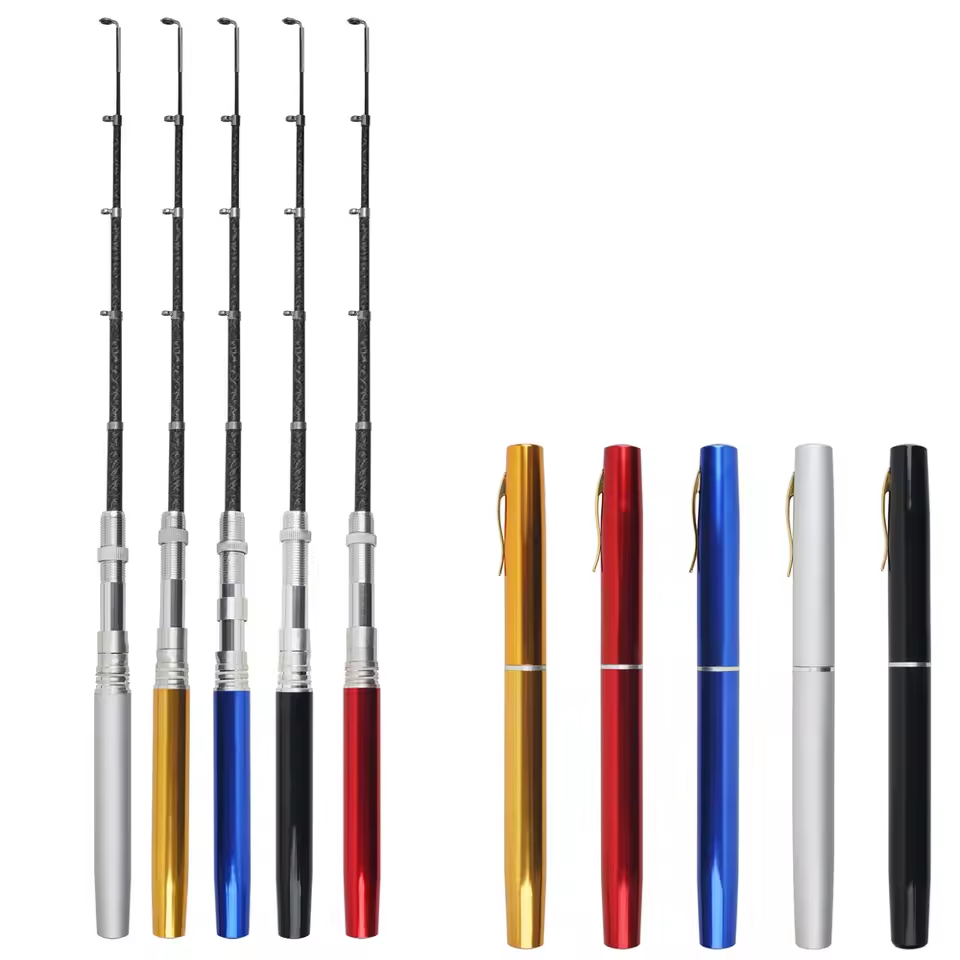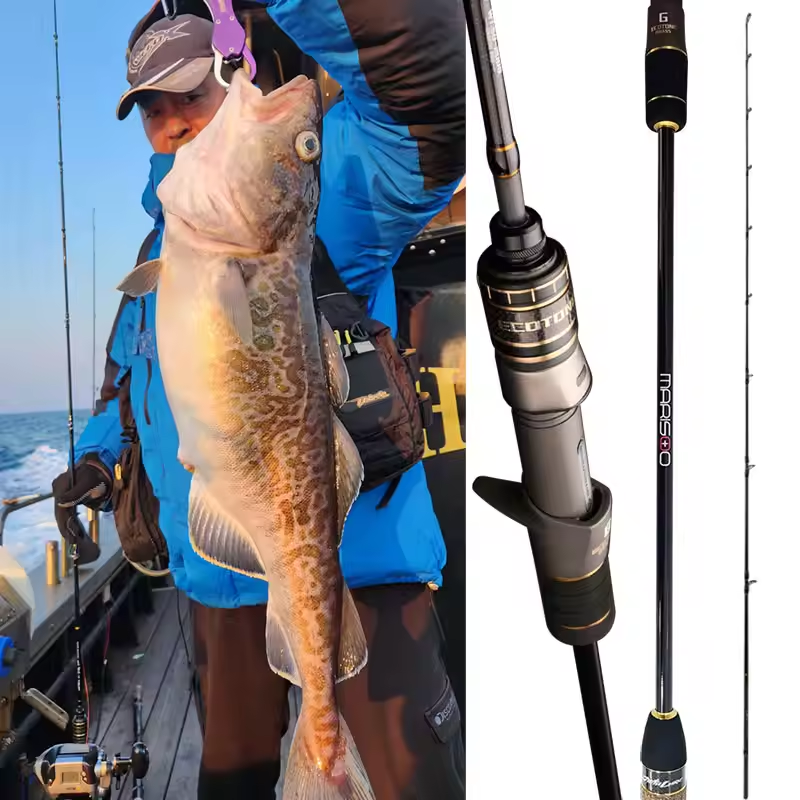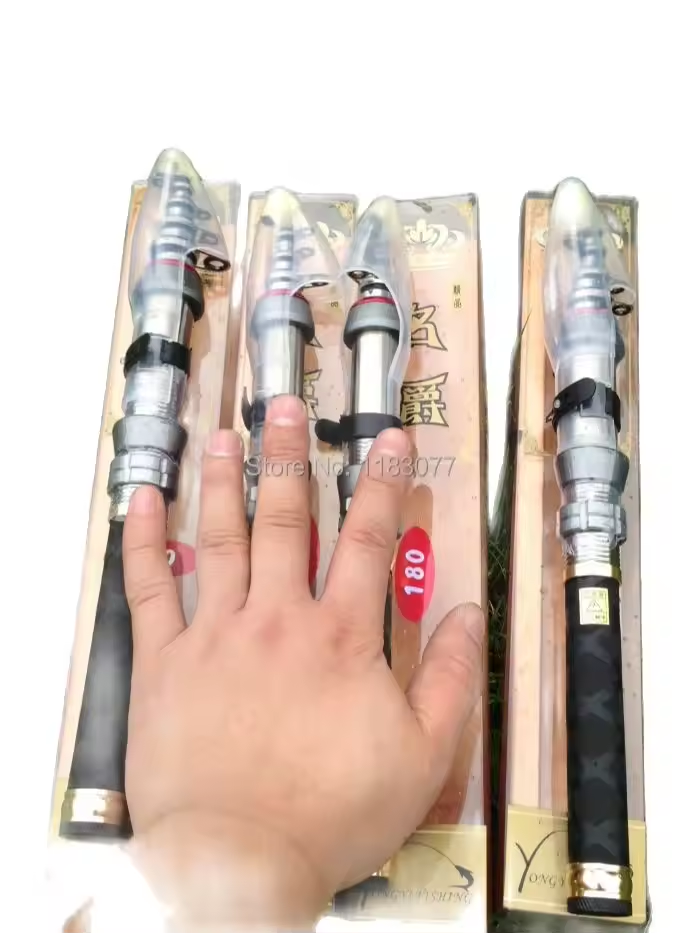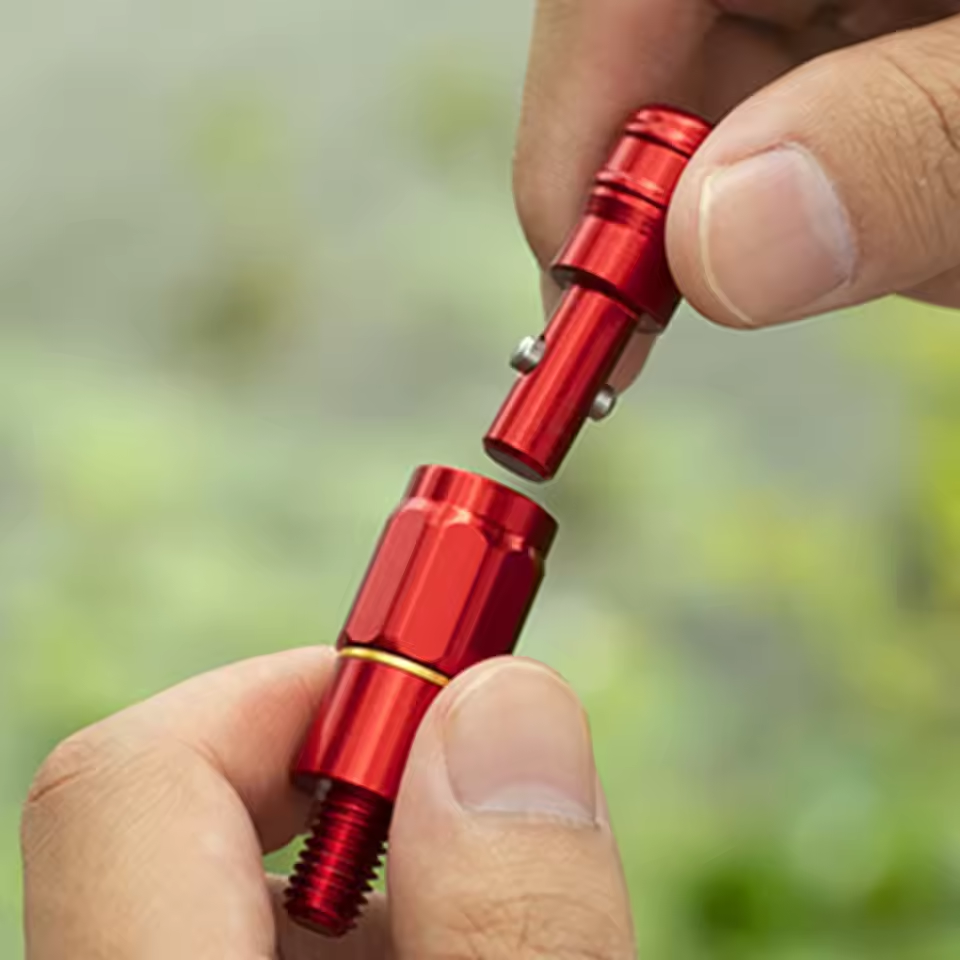The Basics of Fishing Rods
When you’re exploring how to buy a fishing rod, it’s crucial to grasp the basics. A fishing rod is a tool used by anglers to catch fish. It’s made up of a long pole with a line attached, ending in a hook for baiting fish. The quality, material, and design of the rod can greatly affect your fishing experience.

Understanding the different parts of a fishing rod is a good starting point. The main parts include:
- The Handle: This is where you grip the rod. Handles can vary in material and comfort.
- The Reel Seat: This part holds the reel in place and is important for control and casting accuracy.
- The Guides: These are rings on the rod through which the fishing line is threaded. They help in casting and reeling in fish.
- The Tip: The end part of the rod that is sensitive to fish bites and helps in casting.
The rod’s length, action, and power are other fundamental aspects. The length determines the casting distance and maneuverability. The action is where the rod bends when pressure is applied. And the power is the rod’s resistance to bending.
With a clear understanding of these basics, you can move forward in choosing the right fishing rod that suits your needs. It’s a step closer to a successful and enjoyable fishing adventure.
Factors to Consider When Buying a Fishing Rod
When diving into how to buy a fishing rod, prioritize key factors. These factors make a difference to your fishing success and enjoyment. Here are the essentials to consider:
- Your Fishing Environment: Freshwater and saltwater environments demand different types of rods. Choose one that matches where you plan to fish.
- Target Species: Different fish species require different rod characteristics. Think about the fish you aim to catch.
- Fishing Technique: Your preferred fishing method influences rod selection. Trolling, spinning, and fly fishing each need specific rod types.
- Experience Level: If you’re a beginner, opt for a more versatile and forgiving rod. Experienced anglers might prefer specialized rods.
- Budget: Set a spending limit. There are quality rods available across a range of prices.
- Transport and Storage: Consider rod portability and storage. If you travel often, a collapsible rod could be useful.
Remember, every factor weighs into the final decision. Align your choices with your fishing goals for the best experience. With this groundwork laid, you’ll pick a rod that truly fits your needs.
Understanding Rod Length and Action
When you look into how to buy a fishing rod, understanding rod length and action is vital. Here’s what you need to know.
Rod Length:
The length of a fishing rod affects your casting distance and control. Rods come in many lengths, ranging from short (under 6 feet) to very long (over 14 feet). Short rods offer better accuracy for close casting. Long rods help with casting farther. They also aid in surf fishing where you need to cast beyond breaking waves.
Choose a length that suits your fishing style and location. For rivers and small lakes, go for shorter rods. For open oceans and large lakes, consider longer ones.
Rod Action:
Action refers to where and how a rod bends when you apply pressure. Rods may bend near the tip, middle, or base, which are respectively known as fast, medium, and slow action.
- Fast Action Rods: Bend mainly near the tip. They are sensitive and good for quick hooksets.
- Medium Action Rods: Bend in the middle. They offer a balance for various fishing types.
- Slow Action Rods: Bend throughout the rod. These are flexible and absorb the fight from fish well.
Select an action based on the bait and fish you target. Fast action works well for large, aggressive fish. Slow action is better for smaller, light-biting species.
Getting the right combination of length and action can make a huge difference. It affects your casting ability and how you handle the fish. Consider these points closely to find a rod that helps you fish effectively.
Types of Fishing Rods and Their Uses
Choosing the right type of fishing rod is as crucial as understanding its parts and functions. Different types of rods serve different purposes and can enhance your fishing experience depending on their use. Here’s a breakdown of common rod types and how to select one that fits your fishing style:
- Spinning Rods are versatile and user-friendly. They are ideal for beginners and work well for lightweight lures and baits.
- Casting Rods offer more accuracy and are suitable for anglers aiming for precision with bait or lure placement.
- Fly Fishing Rods are specialized for fly fishing techniques, catering to casting artificial flies with a distinct back and forth motion.
- Trolling Rods are robust and designed for dragging bait behind a moving boat, commonly used in deep-sea fishing.
- Surf Rods are long and heavy-duty, tailored for casting long distances from the shore into the surf.
- Telescopic Rods are great for anglers on the go. They compact down for easy travel and storage, yet extend out for fishing.
- Ice Fishing Rods are short and designed for fishing through holes in the ice, typically in a seated position.
When deciding how to buy a fishing rod, consider where you will fish and what type of fish you plan to catch. Match your rod type to your environment and target species for optimal results. Each rod type offers a unique advantage, and understanding these can lead you to a more satisfying fishing experience.
Material Matters: Choosing the Right Fishing Rod Construction
When tackling the question of how to buy a fishing rod, material is pivotal. The rod’s construction influences its performance, durability, and sensitivity. Here are the primary materials used in rods and their attributes:
- Fiberglass: This material offers durability and is forgiving to novice anglers. Fiberglass rods tend to be heavy but are great for battling large fish.
- Graphite: Known for sensitivity and lightweight properties, graphite rods let you feel fish nibbles easily. They are, however, more brittle than fiberglass.
- Composite: Combining fiberglass and graphite, composite rods deliver both durability and sensitivity. They are versatile for various fishing conditions.
- Bamboo: A traditional choice, bamboo rods flex well and offer a smooth fishing action. They are often handcrafted and can be expensive.
Choice of material affects not only the rod’s feel and handling but also impacts its price tag. Graphite and bamboo rods are generally pricier, while fiberglass and composite options can be more budget-friendly. When you learn how to buy a fishing rod, reflect on the kind of fishing you’ll do. This will guide your material selection and assure you have the right tool for your angling pursuits.
Essential Accessories for Your Fishing Rod
After learning how to buy a fishing rod, consider essential accessories. These improve your fishing and protect your gear. Here’s a list of accessories to accompany your rod:
- Fishing Reels: Choose a reel that matches your rod type and fishing style. It ensures the right balance and function.
- Fishing Line: The strength and type of line depend on the fish you’re targeting. Lines come in different materials and thicknesses.
- Hooks: Keep an assortment of sizes and shapes. Each fish species and bait type might require a different hook.
- Baits and Lures: These attract fish. Pick varieties that suit your target species and water conditions.
- Bobbers/Floats: These signal bites by bobbing. They help keep bait at the desired depth.
- Sinkers/Weights: These add weight to your line. They help with casting distance and sinking bait.
- Swivels: These join your line to the bait or lure. They prevent line twisting and tangling.
- Leaders: These are lengths of line tied between the mainline and lure. They offer extra strength and abrasion resistance.
- Fishing Pliers: These remove hooks and cut lines. They are a must-have for safety and convenience.
- Tackle Box: Store and organize your hooks, lures, and other small items.
Each accessory plays a critical role. Together, they make for a well-equipped fishing outing. As you prepare for fishing, select accessories that match your needs and enhance your experience.
Where to Buy Your Fishing Rod
Once you know how to buy a fishing rod, the next step is finding where to purchase it. There are several outlets to consider when looking for a fishing rod. Here’s a quick guide:
- Local Sporting Goods Stores: Start with nearby stores. They often have knowledgeable staff to help you decide.
- Fishing Tackle Shops: Specialized shops may offer a wider variety of rods and expertise specific to fishing.
- Big-Box Retailers: These stores usually stock fishing gear at various price points. It’s convenient for shopping multiple items at once.
- Online Marketplaces: Websites like Amazon or eBay have a vast selection. Be sure you understand the return policy before buying.
- Manufacturer Websites: Buying directly from the maker can ensure you get an authentic product.
- Secondhand Sources: Consider used rods from garage sales, online classifieds, or forums. Inspect the rod carefully before buying.
Choose a buying source that matches your comfort level and needs. If you’re a beginner, seek advice and try out rods in person. For convenience, online shopping is unmatched, but you can’t feel the rod beforehand. Always check reviews and return policies when buying online. Buy from reputable sources to ensure quality and warranty coverage. With the right approach, you’ll find a fishing rod that suits you perfectly.
Maintenance and Care for Your Fishing Rod
Caring for your fishing rod ensures it lasts longer and performs well. Here’s how to maintain it properly:
- Clean Regularly: After each use, wipe down your rod with a damp cloth. Remove salt, dirt, and debris.
- Rinse with Fresh Water: If you’ve fished in saltwater, always rinse your rod with fresh water to prevent corrosion.
- Dry Thoroughly: Before storing, dry your rod completely. This prevents mildew and damage on the rod.
- Check for Damage: Look for cracks, dents, or wear on the rod and guides. Repair or replace parts as needed.
- Lubricate Moving Parts: Apply oil to reel seats and guides occasionally. This keeps them functioning smoothly.
- Use a Rod Sleeve: A sleeve protects your rod from scratches and dust during transport and storage.
- Store Properly: Keep your rod in a cool, dry place. Avoid places with extreme temperatures or moisture.
- Handle with Care: When assembling or disassembling your rod, be gentle. This avoids damaging the joints.
Remember, taking time for proper care saves money on repairs. It also makes sure your rod is ready for your next fishing trip. A well-maintained fishing rod is key to successful fishing adventures.



